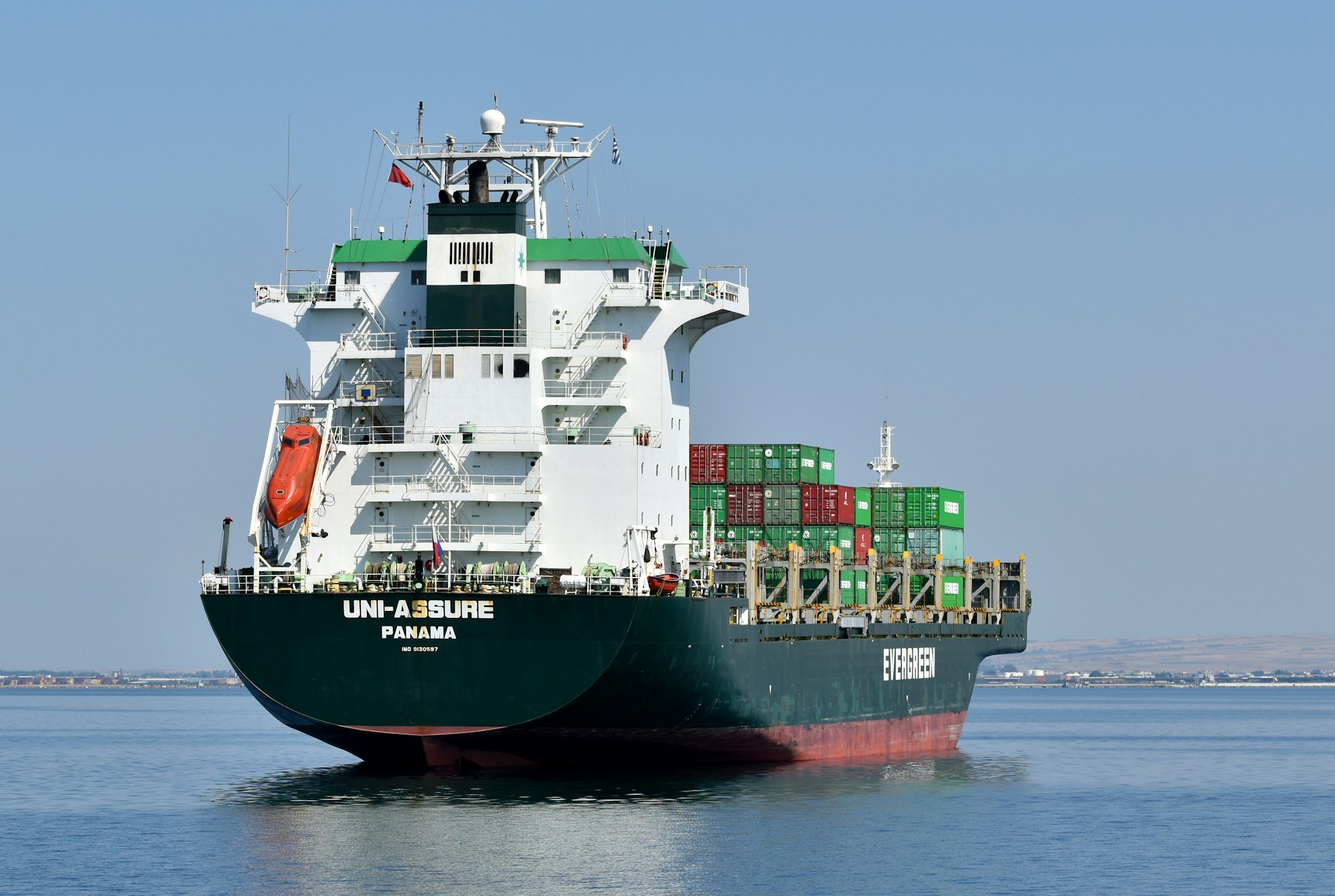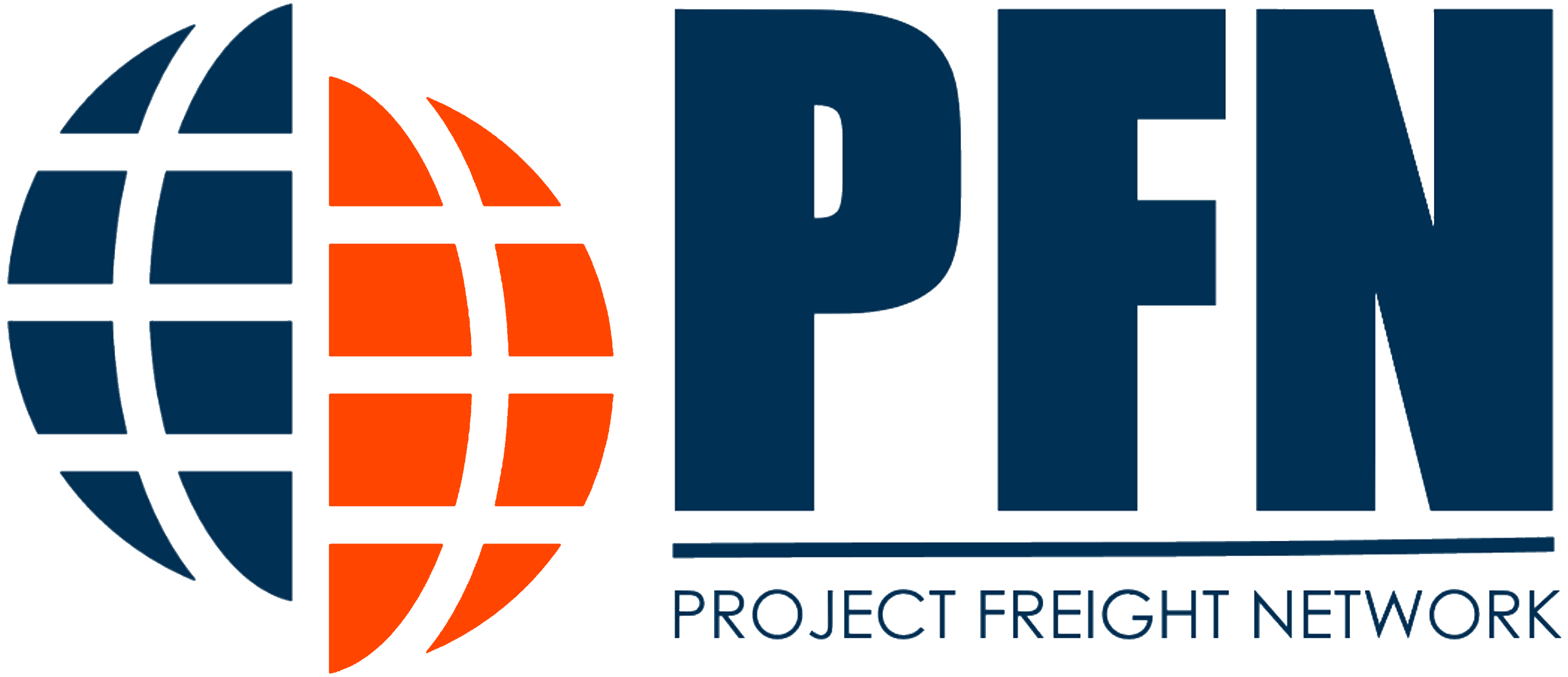In the ever-fluctuating world of maritime freight and logistics, recent trends and future projections paint a picture of both challenges and opportunities for industry players. The short-term freight rate market, while initially declining due to sluggish cargo movements and supply side pressures from new vessel deliveries, experienced a notable uptick in the fourth quarter of the previous year, primarily due to geopolitical uncertainties in the Middle East.
According to industry reports, despite robust consumer spending in North America, Europe grappled with lingering inflationary pressures, hampering cargo movements. The influx of new vessels continued to add to the high tonnage supply, although rerouting through the Cape of Good Hope amidst Middle East uncertainties helped balance the oversupply situation.
Looking ahead to the full-year results for FY2024, industry experts anticipate a modest profit increase compared to the previous year, hovering around US$1,000 million. While some recovery in cargo volume is anticipated, particularly in the US market, geopolitical instability and ongoing inflation are expected to temper any significant resurgence.
Cargo movements from Asia to North America witnessed a notable 20.5% year-on-year increase, primarily attributed to sustained domestic consumption levels in the United States. However, the substantial rise is largely seen as a rebound from the previous year’s figures. Similarly, cargo movements from Asia to Europe saw an 11.5% increase in the first two months of the year, albeit tempered by prolonged inflation and tightening monetary policies.
The increase in vessel supply, coupled with uncertainties surrounding the Middle East and rerouting through the Cape of Good Hope, has resulted in a tight supply-demand balance, particularly in the early months of the fiscal year. However, temporary disruptions, such as the Chinese New Year slowdown and easing congestion at the Panama Canal, have alleviated some pressure on the supply chain.
In response to these dynamics, industry players like ONE have implemented flexible measures to mitigate supply chain disruptions, optimize container distribution, and enhance their market presence through strategic investments and service expansions.
Overall, while challenges persist, strategic adaptations and proactive measures position the maritime industry to navigate the complexities of the global economic and geopolitical landscape.
Maritime News: Current Trends and Future Projections





